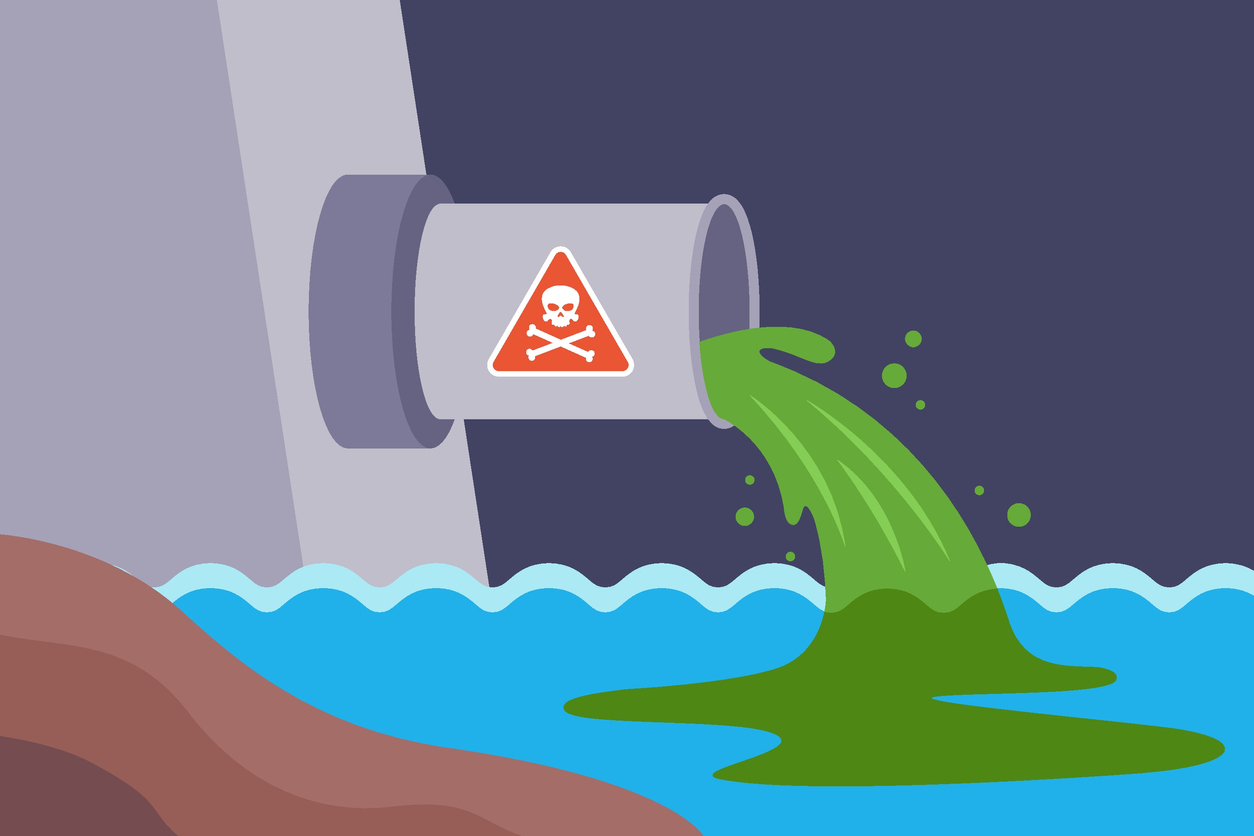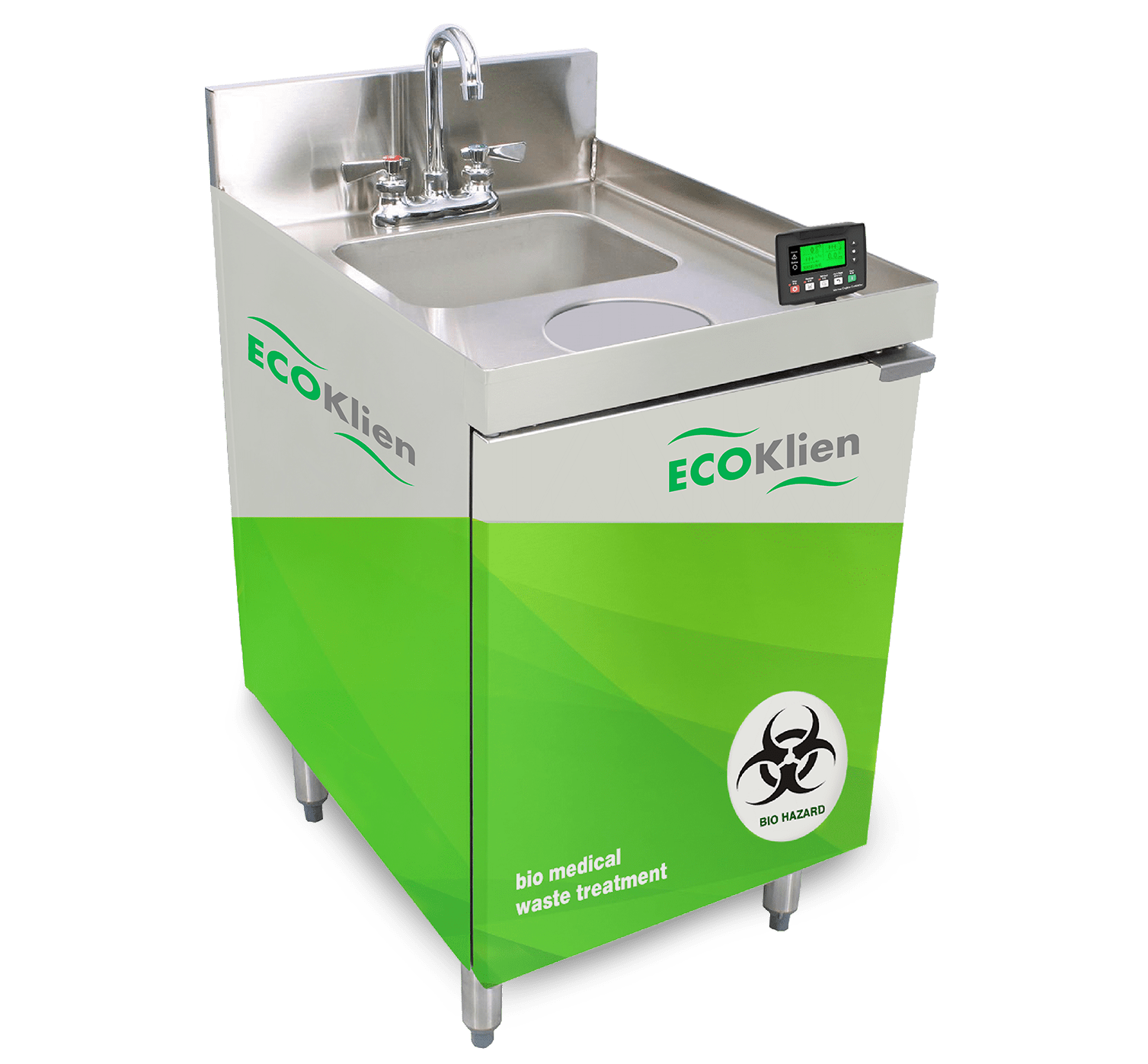Ingenious Industrial Wastewater Treatment Solutions: Securing the Setting
Ingenious Industrial Wastewater Treatment Solutions: Securing the Setting
Blog Article
How Fluid Waste Disposal Functions: An In-depth Summary of Methods and Technologies Employed

Summary of Fluid Waste Kind
The complexity of liquid waste kinds demands a thorough understanding of their qualities and implications for disposal. Liquid waste can extensively be categorized into numerous kinds, including industrial, community, farming, and harmful waste. Each classification shows distinct residential or commercial properties, needing certain monitoring strategies to minimize environmental and health and wellness dangers.
Industrial fluid waste originates from manufacturing processes and frequently consists of a range of pollutants, such as hefty steels, solvents, and natural compounds. Community fluid waste, primarily consisting of wastewater from households and industrial establishments, includes natural matter, nutrients, and virus (industrial wastewater treatment). Agricultural liquid waste, including drainage from farms, may include fertilizers, chemicals, and pet waste, posing threats to water high quality and ecosystems
Harmful fluid waste is characterized by its toxicity, sensitivity, or prospective to cause harm. This classification includes compounds like acids, bases, and certain chemicals that require strict handling and disposal procedures. Recognizing these varied fluid waste kinds is important for creating efficient disposal methods and making sure compliance with ecological guidelines. Correct classification and characterization are necessary for carrying out ideal treatment techniques and decreasing the adverse influence on public health and the atmosphere.
Physical Therapy Techniques

Screening is the first action, where bigger particles and debris are gotten rid of from the liquid waste utilizing displays or grates. In sedimentation tanks, heavier fragments clear up at the bottom, developing a sludge layer, while the made clear fluid can be more treated.
Purification is one more important technique that includes passing the liquid with permeable products, such as sand or membranes, to record smaller sized particles. This step boosts the top quality of the liquid, making it appropriate for subsequent therapy processes.

Chemical Therapy Techniques
Chemical treatment methods are crucial for properly handling fluid waste, especially in addressing liquified and colloidal pollutants that physical approaches might not adequately eliminate. These methods utilize numerous chemical agents to neutralize, precipitate, or change dangerous substances into less unsafe types.
One typical method is coagulation and flocculation, where chemicals such as alum or ferric chloride are contributed to promote the aggregation of put on hold bits. This procedure enhances sedimentation, enabling for less complicated removal of the resulting sludge. Furthermore, oxidation procedures, using representatives like chlorine or ozone, are employed to damage down complicated organic compounds and pathogens, making the waste much safer for discharge or more treatment.
Neutralization is an additional essential strategy, which readjusts the pH of acidic or alkaline waste streams to neutral degrees, protecting against possible damage to downstream systems and the atmosphere. Additionally, advanced oxidation procedures (AOPs) make use of combinations of oxidants and ultraviolet light to degrade consistent toxins, achieving a higher degree of therapy efficiency.
Biological Treatment Procedures
Organic treatment procedures play a critical role in the management of liquid waste by using microbes to disintegrate raw material and reduce pollutant levels. These procedures can be generally categorized into cardio and anaerobic therapies, each using specific microbial neighborhoods to achieve reliable waste deterioration.
Cardiovascular therapy involves making use of oxygen to assist in the malfunction of natural redirected here products by germs. This procedure is frequently implemented in turned on sludge systems, where aeration tanks offer a helpful environment for microbial development, bring about the oxidation of natural toxins. The resultant biomass can be divided from dealt with effluent through sedimentation.
In contrast, anaerobic therapy occurs in the lack of oxygen, depending on various microorganisms to break down raw material. This technique is particularly beneficial for high-strength waste, as it generates biogas, an eco-friendly energy resource, while minimizing sludge manufacturing. Technologies such as anaerobic digesters are regularly employed in metropolitan and commercial applications.
Both cardio and anaerobic biological treatments not only reduce the ecological influence of liquid waste yet likewise facilitate source recuperation, making them essential parts of lasting waste management approaches. Their efficiency, versatility, and efficiency sustain their prevalent implementation across various fields.
Emerging Technologies in Disposal
Ingenious strategies to liquid garbage disposal are swiftly evolving, driven by improvements in modern Resources technology and an increasing focus on sustainability. Amongst these arising technologies, membrane bioreactors (MBRs) have gotten traction for their capability to incorporate organic therapy with membrane filtration, resulting in high-quality effluent that can be reused in different applications. MBRs make it possible for smaller sized impacts and extra effective procedures contrasted to typical systems.
An additional encouraging development is making use of anaerobic food digestion incorporated with nutrient recuperation modern technologies, which not just deals with fluid waste yet also produces biogas and recuperates useful nutrients like nitrogen and phosphorus. This double benefit enhances resource effectiveness and lowers environmental influence.
In addition, progressed oxidation processes (AOPs) are being adopted for the deterioration of complex organic pollutants. These methods make use of powerful oxidants and drivers to break down contaminants at the molecular degree, supplying an extremely efficient remedy for tough waste streams.
In addition, the combination of expert system and machine understanding in waste management systems is optimizing functional effectiveness and predictive upkeep, causing decreased expenses and enhanced environmental conformity. These innovations mirror a substantial shift towards more sustainable and efficient liquid waste disposal techniques.
Verdict
To conclude, efficient fluid garbage disposal demands a detailed understanding of numerous strategies and innovations. The combination of physical, chemical, and biological therapy methods makes sure the reliable administration of diverse waste kinds. In addition, the appearance of innovative innovations enhances therapy efficacy and promotes sustainability in waste monitoring practices. By constantly progressing these approaches, it comes to be possible to deal with the expanding his response challenges connected with fluid waste, ultimately contributing to ecological security and source recovery.
Fluid waste disposal is a critical element of ecological management, requiring a detailed understanding of different methods and innovations customized to various waste kinds. Fluid waste can extensively be classified right into several types, including industrial, community, agricultural, and harmful waste. Agricultural liquid waste, consisting of runoff from farms, might contain plant foods, chemicals, and pet waste, presenting dangers to water high quality and ecological communities.
Numerous physical therapy techniques play an important role in managing fluid waste properly - industrial wastewater treatment.In verdict, efficient liquid waste disposal necessitates a detailed understanding of different methods and technologies
Report this page